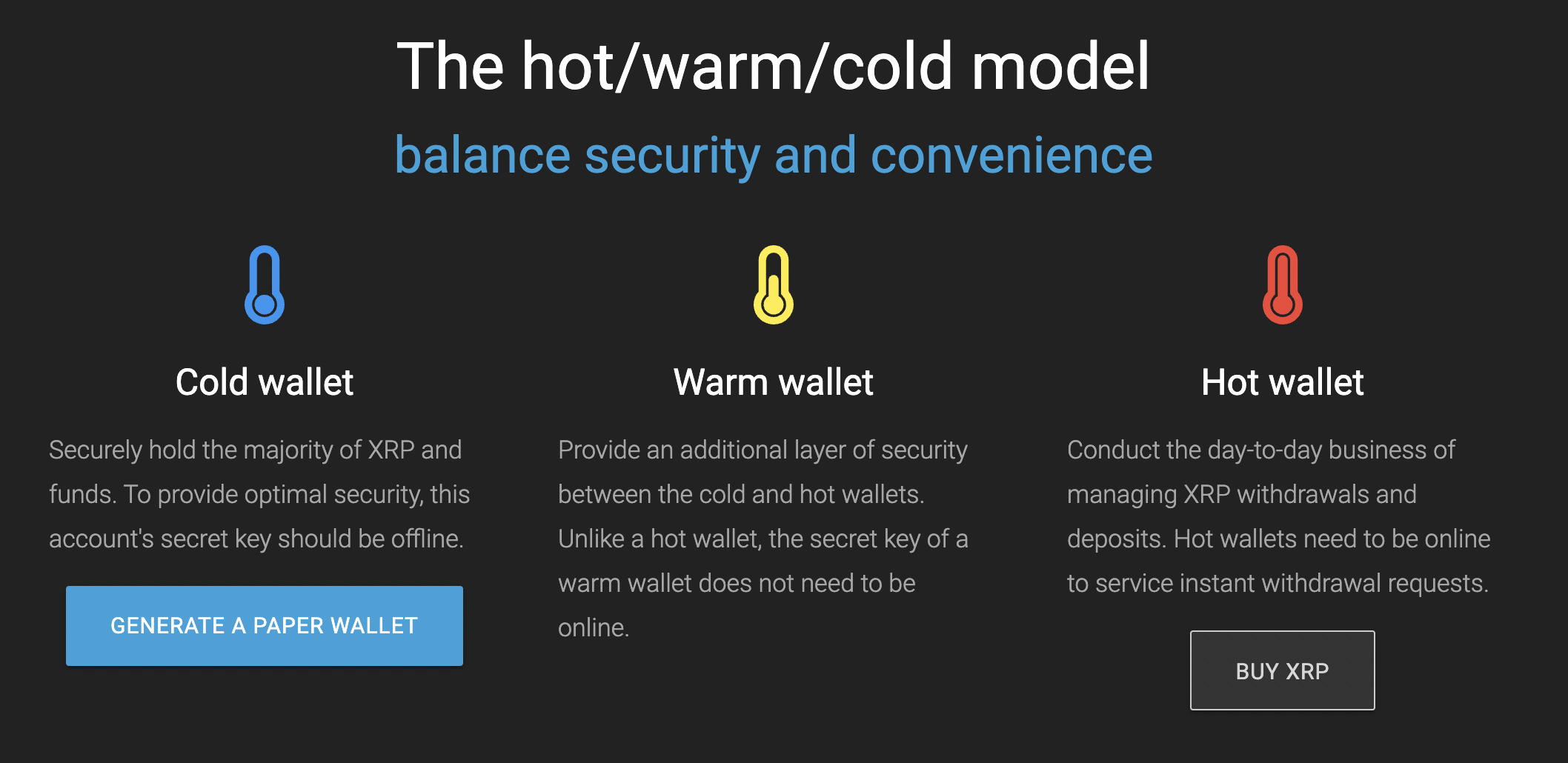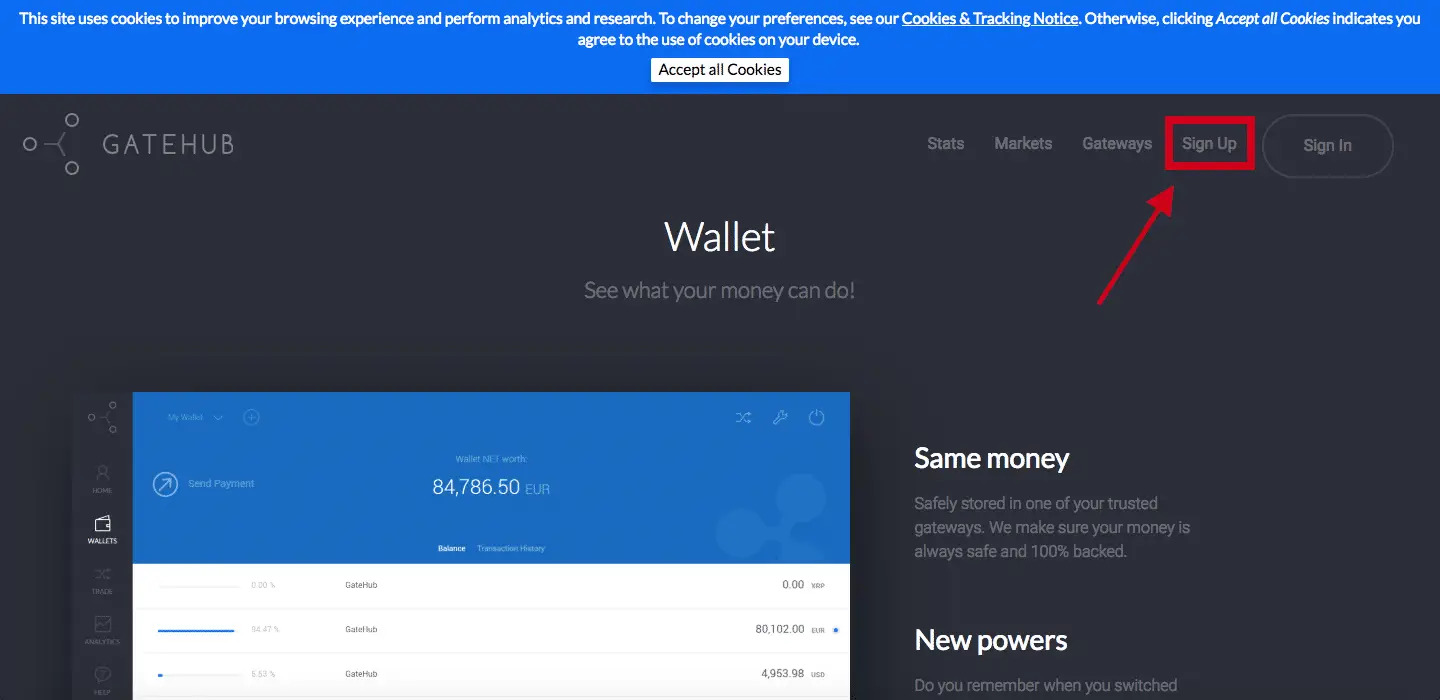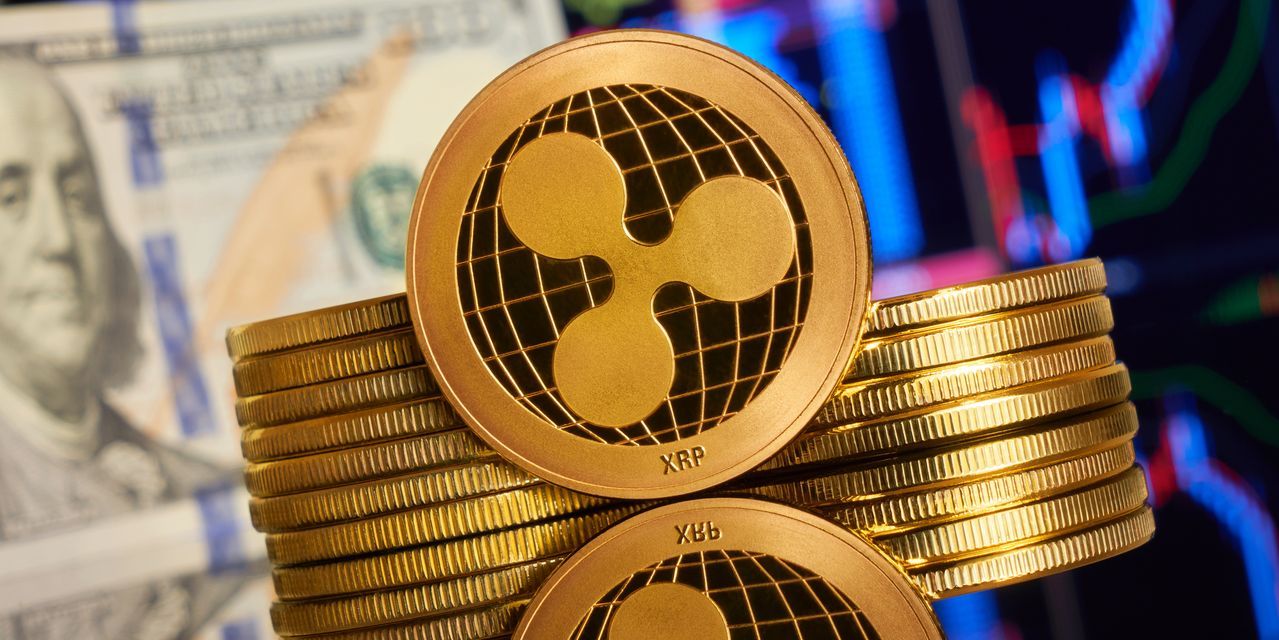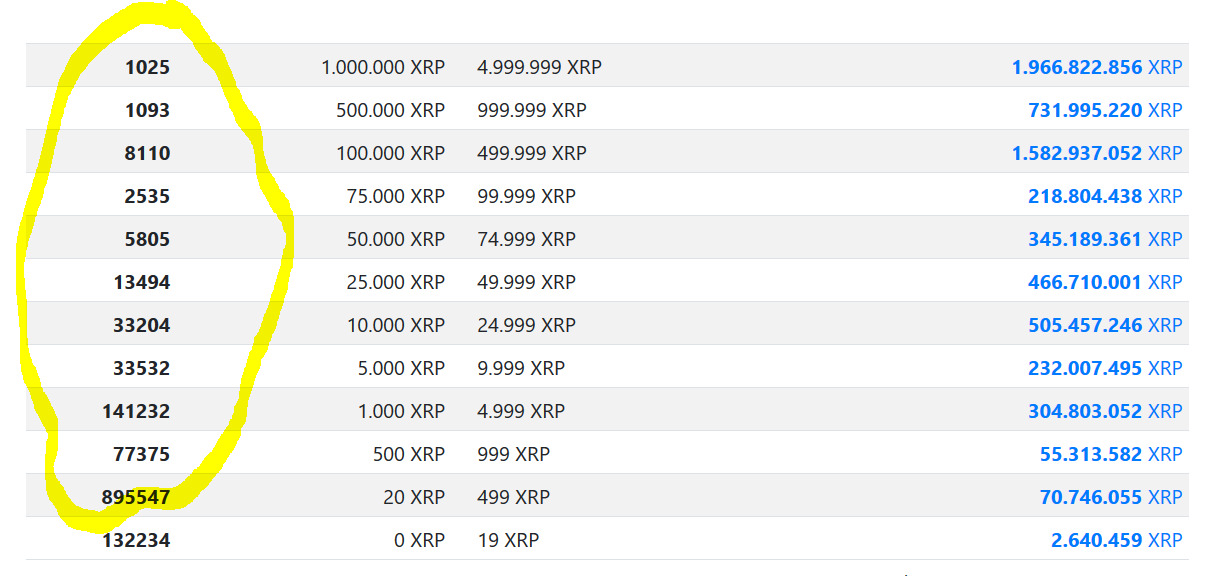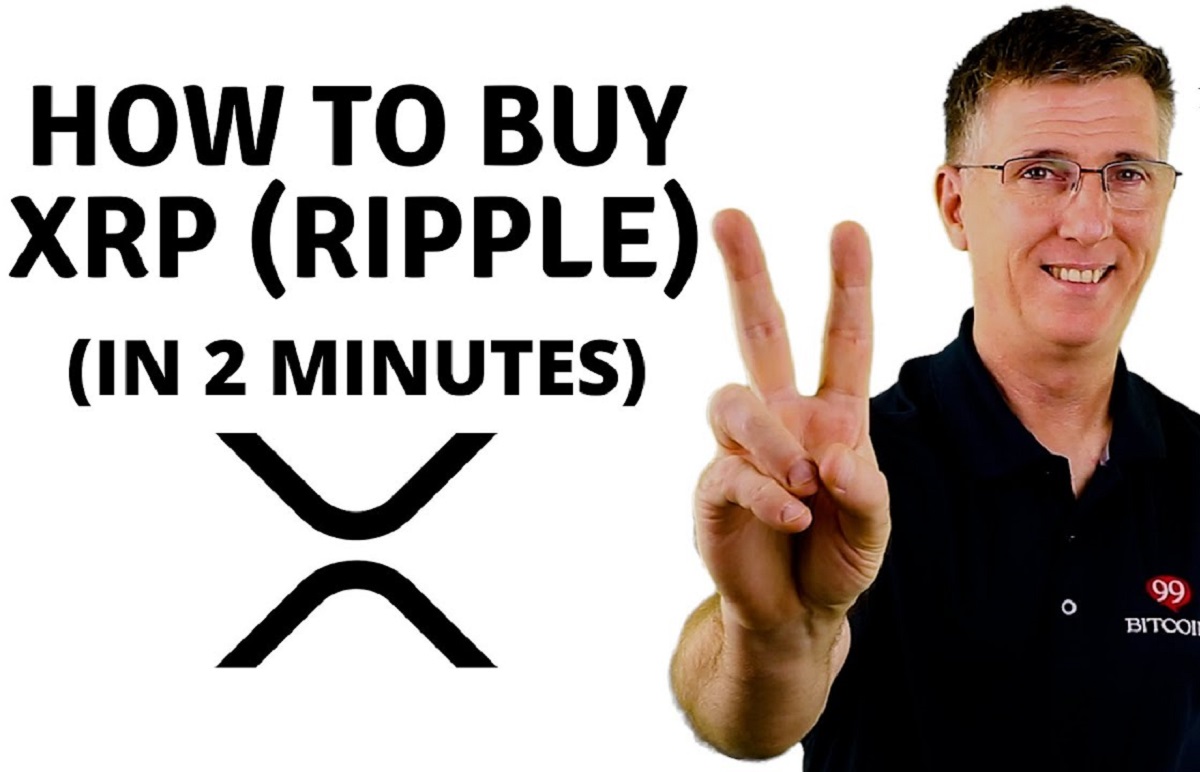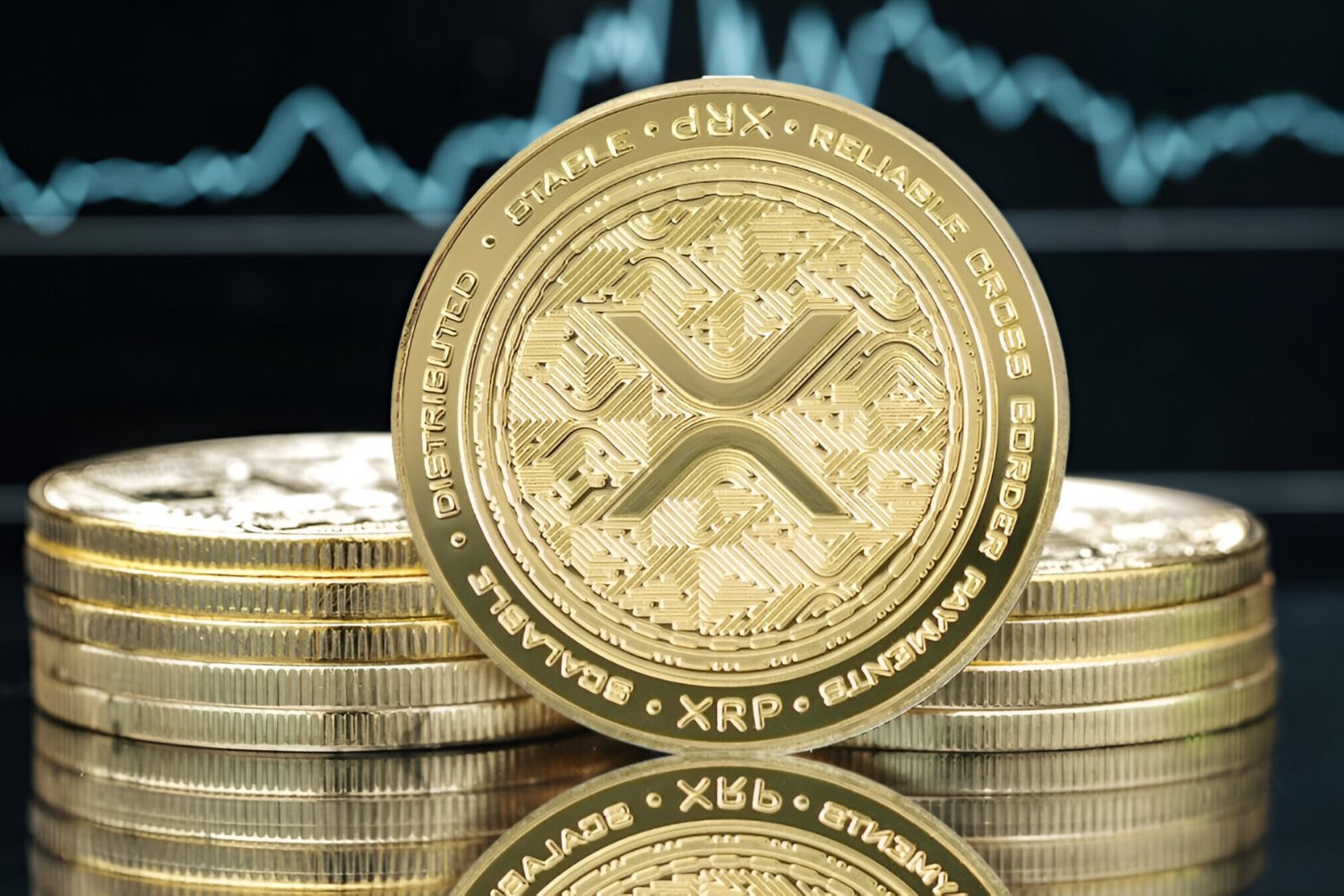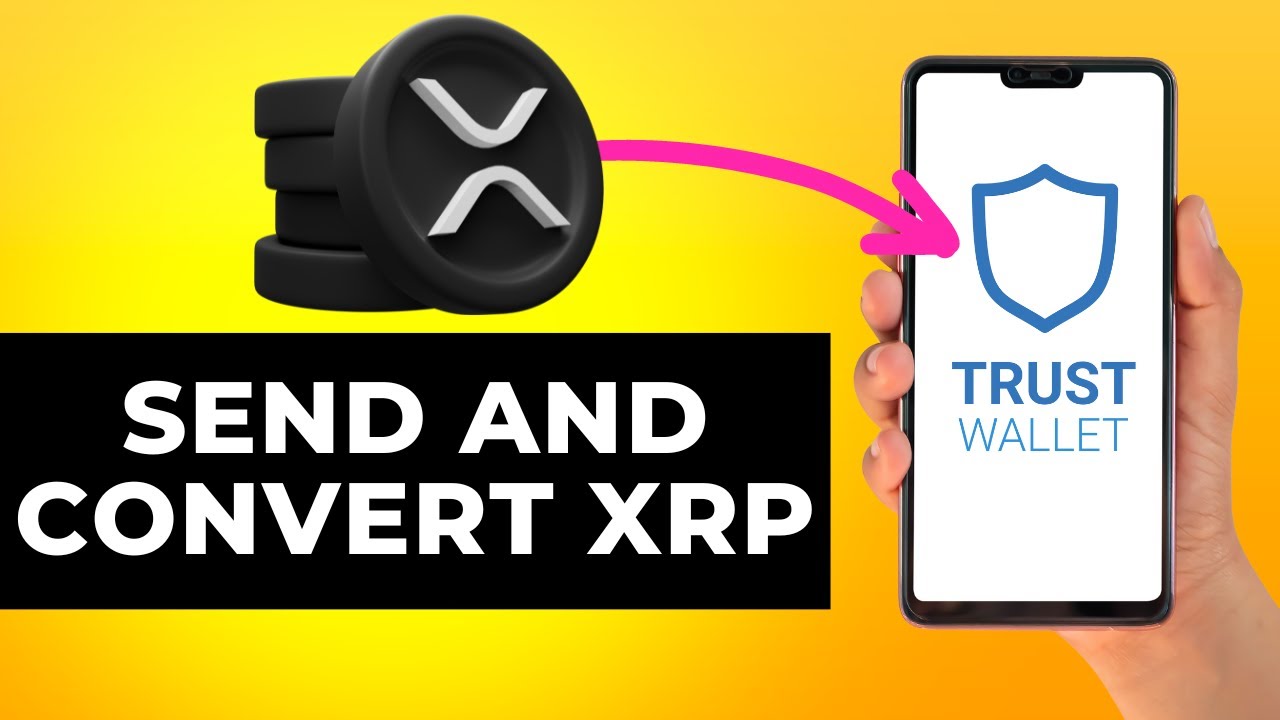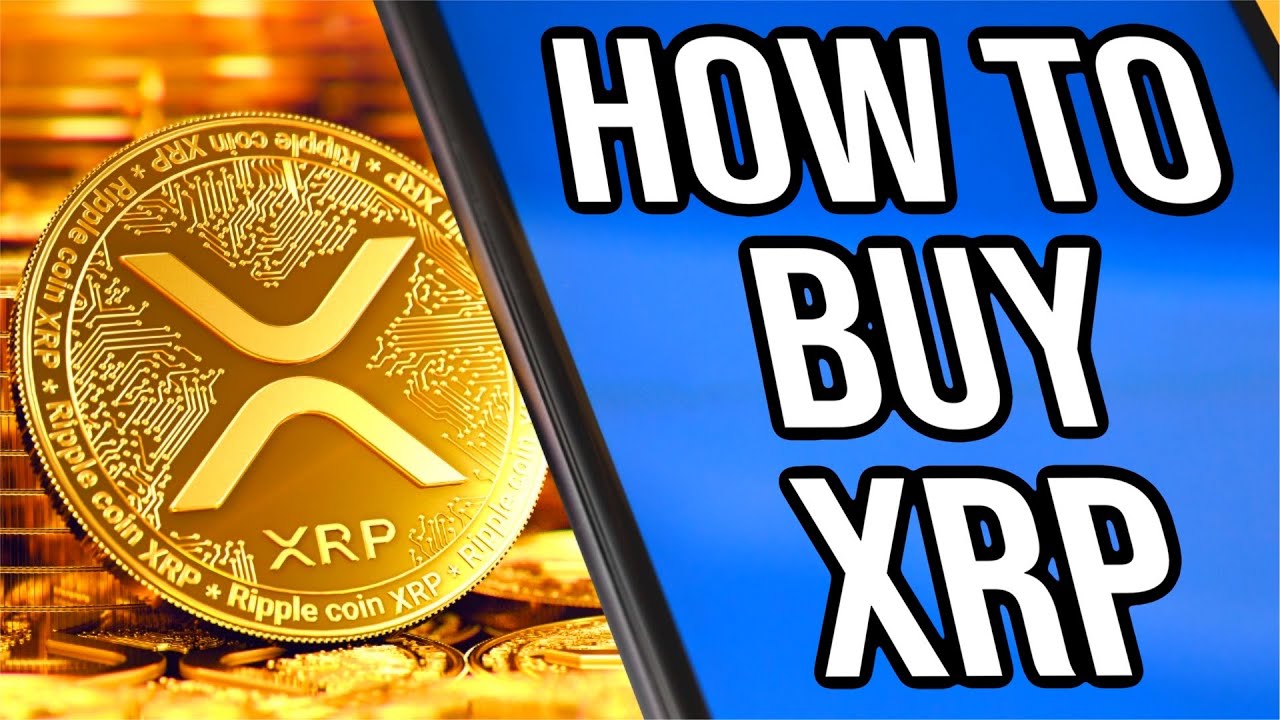Introduction
Cryptocurrencies have taken the financial world by storm, and XRP has emerged as one of the most prominent digital currencies. As the native currency of the Ripple network, XRP offers fast and low-cost transactions, making it an attractive choice for individuals and businesses alike. To securely store and manage XRP, users rely on XRP wallets.
XRP wallets play a crucial role in the cryptocurrency ecosystem. They serve as digital containers to store XRP tokens and facilitate seamless transactions. These wallets can be accessed through various platforms, including desktop applications, mobile apps, or online services.
Understanding the landscape of XRP wallets can be intriguing, particularly when the question arises – how many XRP wallets are there? This article will explore the fascinating world of XRP wallets and shed light on the factors that influence the number of wallets in existence.
In addition, we will discuss the different types of XRP wallets available and elaborate on the benefits of having an XRP wallet. So, whether you are a seasoned XRP investor or a curious beginner, read on to uncover the secrets behind XRP wallets and their ever-growing numbers.
What is XRP?
XRP is a digital currency that was created by Ripple Labs Inc. in 2012. It is designed to facilitate fast, secure, and low-cost transactions on the Ripple network. Unlike traditional cryptocurrencies like Bitcoin, XRP is not based on blockchain technology. Instead, it utilizes a unique consensus algorithm called the Ripple Protocol Consensus Algorithm (RPCA).
XRP serves as a bridge currency in the Ripple network, enabling seamless transfer of value between different fiat currencies. Its primary function is to act as a mediator in transactions, ensuring efficient liquidity between various currencies. This makes it an ideal choice for cross-border payments, as it eliminates the need for multiple intermediaries and reduces the overall transaction time.
One of the key features that sets XRP apart is its scalability. The XRP Ledger, which is the underlying technology behind XRP, is designed to handle a high volume of transactions per second, making it capable of processing thousands of transactions within seconds. This scalability makes XRP a promising digital asset for financial institutions and businesses that require fast and cost-effective payment solutions.
Additionally, XRP has gained significant popularity due to its low transaction fees. Unlike traditional banking systems that impose high charges for international transfers, XRP offers near-instant transactions at a fraction of the cost, making it an attractive alternative for individuals and businesses looking to save money on cross-border payments.
In summary, XRP is a digital currency that plays a vital role in the Ripple network. Its unique consensus algorithm, scalability, and low transaction fees make it a promising solution for fast and cost-effective international transactions. Whether you are a financial institution or an individual looking to explore the world of digital currencies, XRP offers an exciting opportunity to streamline your payment processes.
What is an XRP Wallet?
An XRP wallet is a digital tool that allows users to store, send, and receive XRP tokens securely. It serves as a virtual container for holding XRP and provides the necessary cryptographic keys to access and manage the funds. XRP wallets are a crucial component of the cryptocurrency infrastructure, enabling users to have full control over their digital assets.
XRP wallets come in various forms, including software wallets, hardware wallets, and online wallets. Software wallets are applications that can be installed on desktops, laptops, or mobile devices, providing convenient access to XRP funds. Hardware wallets, on the other hand, are physical devices that store the XRP keys offline, offering enhanced security protection against potential online threats. Online wallets, also known as web wallets, are cloud-based services that allow users to access their XRP funds from anywhere with an internet connection.
Each XRP wallet consists of two primary components: a public key and a private key. The public key, also known as the wallet address, is an alphanumeric string that serves as a unique identifier for the wallet. This is used by others to send XRP to the wallet. The private key, on the other hand, is a cryptographic string that acts as a password to access and manage the XRP funds. It should be kept securely and never shared with anyone to prevent unauthorized access to the wallet.
Using an XRP wallet is relatively straightforward. Once a user creates or downloads a wallet, they can generate a unique XRP address to receive funds. This address can be shared with others for sending XRP to the wallet. To access the wallet and manage the funds, the user needs to input their private key or password. From there, they can monitor their XRP balance, send XRP to other wallets, or receive XRP from others.
It is important to note that XRP wallets do not actually store the XRP tokens. Instead, they store the private keys required to access and manage the funds on the XRP Ledger. This means that even if the wallet is lost or compromised, as long as the user has a backup of their private key, they can still regain access to their XRP funds.
In summary, an XRP wallet is a digital tool that allows users to securely store, send, and receive XRP tokens. It consists of a public key and a private key, which are used to identify and access the wallet. With various types of XRP wallets available, users have the flexibility to choose the option that best suits their needs in terms of convenience and security.
How are XRP Wallets Numbered?
Unlike traditional bank accounts, XRP wallets are not typically assigned sequential numbers or identifiers. The numbering system for XRP wallets is based on cryptographic addresses derived from public-private key pairs. This ensures the security and privacy of the wallet users while allowing for a vast number of unique wallet addresses.
XRP wallet addresses are generated using the mathematical principles of cryptography. When a user creates an XRP wallet, a random private key is generated securely on their device. From this private key, a corresponding public key is generated using Elliptic Curve Cryptography (ECC). The public key, also known as the account ID, is then encoded using the Base58Check encoding scheme to create the unique XRP wallet address.
The XRP wallet address is a combination of letters and numbers and looks similar to this: rXXXXXXXXXXXXXXXXXXXXX. The “r” at the beginning of the address signifies that it is an XRP address. The following characters are the encoded representation of the public key. The length of an XRP address is typically 25-35 characters.
It’s important to note that XRP wallet addresses are case-sensitive. This means that even a slight change in the letter case of the address will result in a completely different wallet. Therefore, when sending XRP to a specific wallet address, it is crucial to double-check the address for accuracy to avoid any loss of funds.
To enhance user privacy and security, some XRP wallets utilize a feature called address reuse prevention. This means that each time a user receives XRP, a new address is generated for their wallet. This prevents the exposure of the user’s complete transaction history and makes it difficult for external parties to track a user’s XRP holdings or transactions.
In summary, XRP wallets are not assigned sequential numbers. Instead, they are numbered using unique cryptographic addresses generated from public-private key pairs. These addresses are encoded representations of the public key and serve as the unique identifier for XRP wallets. The use of cryptographic addresses enhances security, privacy, and the ability to generate a vast number of unique wallet addresses.
How Many XRP Wallets Are There?
Determining the exact number of XRP wallets in existence is a challenging task due to the decentralized nature of cryptocurrency. The Ripple network does not maintain a centralized database of wallet addresses or user information. However, it is possible to estimate the number of XRP wallets based on publicly available data and blockchain analytics.
As of writing this article, the number of XRP wallet addresses created on the XRP Ledger has surpassed millions. This includes wallets linked to individual users, businesses, exchanges, and various other entities. The growing popularity of XRP and its adoption by various financial institutions and companies has contributed to the increase in the number of wallets.
It is important to note that the number of wallet addresses does not necessarily equate to the number of unique users or XRP holders. One person or entity may have multiple wallets for different purposes or as a security measure. Additionally, some users may choose to hold their XRP on centralized exchanges rather than in individual wallets.
To gain a better understanding of the approximate number of XRP holders, it can be beneficial to analyze data from the top XRP exchanges. These exchanges often require users to create wallets to deposit and withdraw XRP. By examining the number of registered users on these exchanges, we can estimate the minimum number of XRP holders. However, it should be noted that this method is not entirely accurate as some users may hold their XRP in wallets outside of exchanges.
While it is challenging to provide an exact figure, the continuous growth of the XRP ecosystem and the increasing adoption of XRP by individuals and institutions suggest that the number of XRP wallet addresses will continue to rise.
In summary, determining the exact number of XRP wallets is a complex task due to the decentralized nature of cryptocurrency. However, the number of XRP wallets created on the XRP Ledger has surpassed millions. The number of wallet addresses does not equate to the number of unique XRP holders, as individuals or entities may have multiple wallets. Although it is challenging to provide an exact figure, the growth of the XRP ecosystem indicates that the number of XRP wallets will continue to increase.
Different Types of XRP Wallets
There are several types of XRP wallets available, each offering different levels of security, convenience, and accessibility. Here are the most common types of XRP wallets:
- Software Wallets: Software wallets are applications that can be installed on desktop computers, laptops, or mobile devices. These wallets allow users to have complete control over their XRP funds and are often user-friendly and easy to use. Examples of popular software wallets include Toast Wallet, XUMM, and Exodus.
- Hardware Wallets: Hardware wallets provide an extra layer of security by storing the XRP private keys offline on a physical device. These wallets are resistant to online threats and provide a secure environment for managing XRP funds. Popular hardware wallets like Ledger and Trezor support XRP along with other cryptocurrencies.
- Online Wallets: Online wallets, also known as web wallets, allow users to access their XRP funds through a web browser. These wallets are hosted on third-party platforms and provide convenience in terms of accessibility from anywhere with an internet connection. However, online wallets require users to trust the security measures implemented by the platform. GateHub and Bitstamp are examples of online wallets that support XRP.
- Paper Wallets: Paper wallets involve printing the XRP private keys and wallet addresses on a physical medium, such as paper or metal. This offline storage method offers a high level of security, as the private keys are not susceptible to online hacking. However, users need to ensure that the paper wallet is stored in a safe and secure location to prevent physical damage or theft.
- Custodial Wallets: Custodial wallets are provided by third-party services, such as exchanges or wallet providers. In these wallets, the private keys are held by the service provider on behalf of the user. While custodial wallets offer convenience and accessibility, they also introduce an element of risk, as users must trust the service provider to adequately secure their funds.
Each type of XRP wallet offers a set of unique features and suits different user preferences. It is essential for individuals to assess their requirements and security needs before selecting a wallet type. Some users may prefer the convenience of a software or online wallet, while others may prioritize the enhanced security of a hardware or paper wallet. Regardless of the chosen type, it is crucial to follow proper security measures, such as enabling two-factor authentication and regularly backing up private keys, to ensure the safety of XRP funds.
Factors Influencing the Number of XRP Wallets
The number of XRP wallets in existence is influenced by various factors related to the adoption, popularity, and functionality of XRP. Here are some key factors that contribute to the growth in the number of XRP wallets:
- Market Adoption: As XRP gains more recognition and acceptance in the market, the number of individuals and businesses looking to hold and transact with XRP increases. This leads to a higher demand for XRP wallets.
- Financial Institutions: The integration of XRP by financial institutions and payment service providers plays a significant role in the growth of XRP wallets. As more financial institutions adopt XRP for cross-border transactions and liquidity management, they encourage their customers to create XRP wallets.
- User Awareness: Increased user awareness about the benefits and potential of XRP as a digital asset can drive the demand for XRP wallets. Educational initiatives, marketing efforts, and media coverage play a vital role in spreading awareness about XRP and its applications.
- Regulatory Environment: Regulatory clarity and favorable regulations regarding cryptocurrencies can encourage more individuals and businesses to enter the XRP ecosystem. Clear regulations provide a sense of security and confidence, leading to increased adoption and the creation of more XRP wallets.
- Technological Advancements: Advancements in technology, such as user-friendly wallet interfaces and improved security features, contribute to the ease of creating and using XRP wallets. User-friendly wallets attract more individuals who may have been hesitant to enter the cryptocurrency space due to technical complexities.
It is important to note that the growth in the number of XRP wallets may not always correlate directly with the number of unique users or XRP holders. Some users may own multiple wallets for different purposes or as a security measure. Additionally, individuals may choose to hold their XRP on centralized exchanges rather than in individual wallets, which may not be reflected in the number of XRP wallets.
In summary, the number of XRP wallets is influenced by various factors, including market adoption, the integration of XRP by financial institutions, user awareness, regulatory environment, and technological advancements. These factors collectively contribute to the growth in the number of XRP wallets and the expansion of the XRP ecosystem.
Benefits of Having an XRP Wallet
Having an XRP wallet offers several advantages for individuals and businesses participating in the XRP ecosystem. Here are some key benefits of owning an XRP wallet:
- Control over Your Funds: By having an XRP wallet, you have complete control and ownership of your XRP funds. Unlike traditional banking systems where a third party holds and manages your funds, an XRP wallet allows you to be your own bank, giving you the freedom to send, receive, and store XRP tokens as you see fit.
- Fast and Low-Cost Transactions: XRP is known for its fast transaction speed and low transaction fees. With an XRP wallet, you can enjoy near-instantaneous transfers of XRP across the globe, making it an attractive option for individuals and businesses that need to send or receive funds quickly and cost-effectively.
- Secure Storage: XRP wallets provide a secure storage solution for your XRP tokens. Whether you choose a software, hardware, or paper wallet, these wallets utilize cryptographic mechanisms to ensure the safety of your private keys and protect your funds from unauthorized access or hacking attempts.
- Flexibility and Portability: With an XRP wallet, you have the flexibility to access your funds from various devices and platforms. Whether you prefer using a desktop application, mobile app, or online service, XRP wallets allow you to manage your XRP holdings conveniently and on-the-go.
- Participation in the XRP Ecosystem: Having an XRP wallet opens up opportunities to participate in the growing XRP ecosystem. You can engage in trading activities on XRP exchanges, contribute to decentralized finance (DeFi) projects built on the XRP Ledger, or participate in a wide range of innovative applications and services being developed around XRP.
- Privacy: XRP wallets provide a level of privacy for your transactions. While the XRP Ledger is a public blockchain, wallet addresses are not directly linked to personal identities, providing a certain degree of anonymity for users.
It’s important to note that while XRP wallets offer numerous benefits, they also come with responsibilities. It is crucial to safeguard your wallet’s private keys and backup your wallet to prevent any potential loss of funds. Additionally, staying vigilant against phishing attempts and employing security measures like two-factor authentication can further enhance the protection of your XRP holdings.
In summary, having an XRP wallet empowers users with control over their XRP funds, facilitates fast and low-cost transactions, and provides secure storage for their digital assets. XRP wallets offer flexibility, portability, and the opportunity to participate in the growing XRP ecosystem. While using an XRP wallet brings numerous benefits, it is important to exercise caution and follow best practices to ensure the safety and security of your XRP holdings.
Conclusion
XRP wallets play a vital role in the world of digital currencies, providing a secure and convenient way to store, send, and receive XRP tokens. Whether you choose a software, hardware, or online wallet, each type offers unique features and benefits to cater to diverse user needs.
Understanding the factors influencing the number of XRP wallets helps shed light on the growth and adoption of XRP in the market. Market adoption, financial institution integration, user awareness, regulatory environment, and technological advancements all contribute to the increasing number of XRP wallets.
Owning an XRP wallet carries several advantages, including full control over your funds, fast and low-cost transactions, secure storage, flexibility and portability, participation in the XRP ecosystem, and a level of privacy for your transactions. However, it is important to engage in responsible wallet management by safeguarding private keys and following recommended security practices.
As the XRP ecosystem continues to expand and evolve, the number of XRP wallets will likely continue to grow. Whether you are a seasoned XRP investor or a newcomer exploring the world of digital currencies, having an XRP wallet empowers you to engage in secure and efficient transactions, take control of your financial assets, and participate in the exciting opportunities offered by the XRP network.







